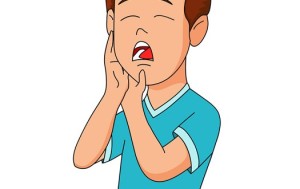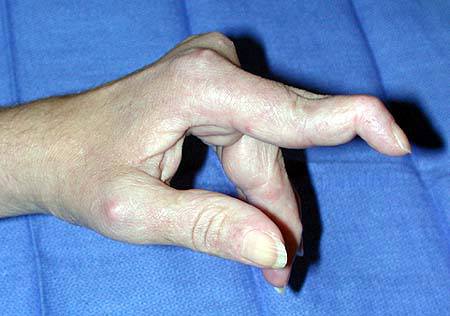Difference Between a Cold and an Ear Infection

When we experience pain in our ear, there may be many different causes. Common causes of ear pain include the common cold, ear infections, and sometimes, it can be caused by both.
Although ear pain can be felt in both ears, it is often felt in just one. There are varying types of pain – it may be sharp, dull, or burning and it may be constant or come and go.
Determining the cause of the pain can be helpful to seek out the right treatment, but how can you do this? Here, we examine the main differences to help guide you.
The cold is the most common occurring illness in the world, and there are many different symptoms that occur – a runny nose, congestion, sneezing, slight body aches and an itchy or sore throat. A cold can also cause fluid buildup and congestion behind the eardrum. The thick mucus that develops during a cold can block the Eustachian tubes. When that happens, we feel abnormal pressure in the ear and our hearing can seem muffled. Other symptoms that can develop are a feeling of fullness in the ear, dizziness and a slight ringing or buzzing in the ear.
In many cases when the cause of the earache is a cold, this blocking of the Eustachian tubes is mild and does not last longer than a few days. If the pain is mild, no treatment may be required. The symptoms may go away on their own when the cold ends or shortly after.
You may try some simple, at-home remedies to relieve the pain, such as:
- Applying a cold washcloth to the ear
- Using over-the-counter ear drops or pain relievers
- Sitting upright or chewing gum to help relieve the pressure in the ear
The pain can sometimes be more intense when the trapped fluid in the ear puts more pressure on the eardrum. This causes it to bulge and throb. Other symptoms such as fever, difficulty sleeping, or mucus discoloration may also occur. If this happens, speak to your doctor for a proper diagnosis and treatment.
Signs that you may have an ear infection include:
- The pain continues after a cold ends
- A mild ‘dulled’ sense of hearing. The loss that occurs is similar to what is felt when wearing an earplug
- The pain is sharper and more intense
- You may feel dizzy, feverish, and have difficulty sleeping
If you experience these signs, see your doctor to find out whether you have an ear infection. Your doctor will insert an otoscope inside the ear to look for signs of infection. Often, oral antibiotics and/or eardrops will be prescribed to clear up the infection. Be sure to finish the entire course of antibiotics, even if the symptoms go away.
In some cases, fluid can remain behind your eardrum after treatment but this typically goes away within a few weeks, or months. If you continue to have problems with your hearing, you should speak with your doctor again.
In most cases, earaches are temporary and will go away on their own, but like most conditions, if you experience ongoing pain, be sure to see a doctor for a full diagnosis and proper treatment.
Article By Jennifer Smith





